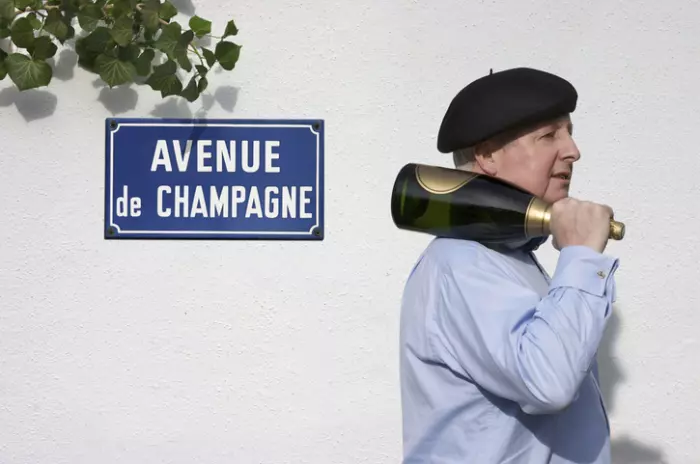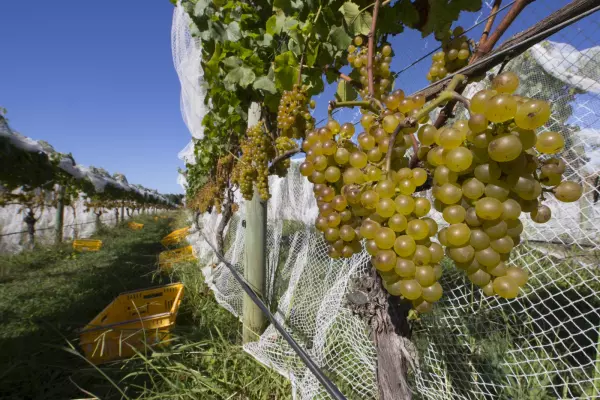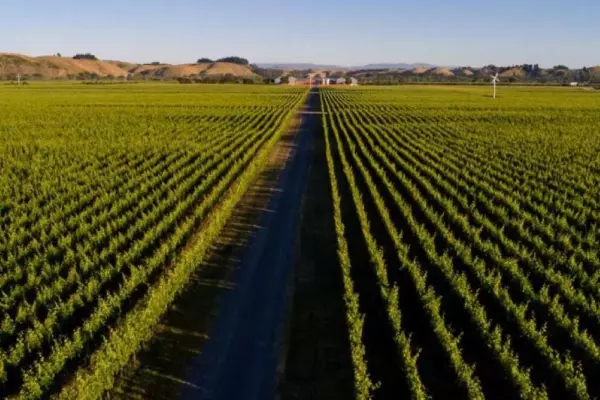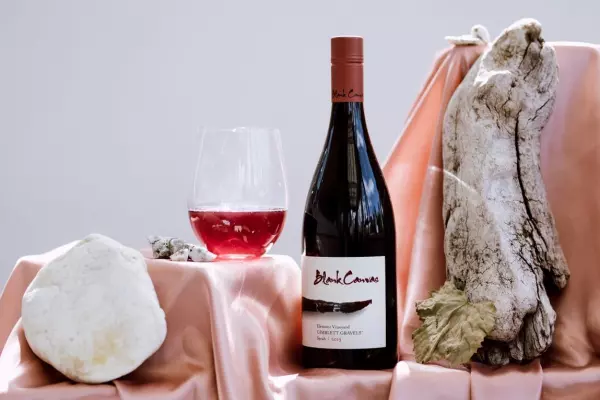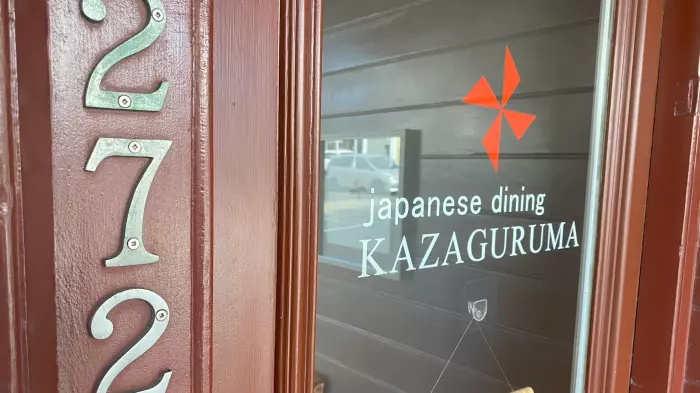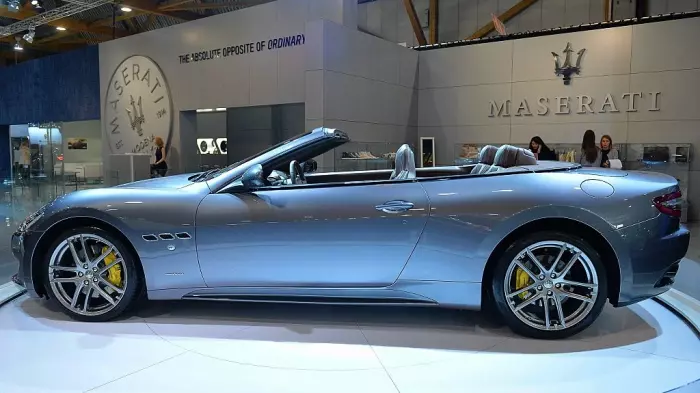I find something particularly sexy about big bottles, or “large formats” as they are known in the wine trade. Perhaps I should seek counselling.
Big bottles are difficult to store and clumsy to serve but beautiful to behold as they slumber away in my modest wine cellar. To dispel any notion of a vinous Aladdin’s cave, let me point out that I have only seven large bottles and I love every one of them.
Until the early nineteenth century, all bottles were hand-blown. In Britain, it was illegal to sell wine by the bottle because the quantity varied from vessel to vessel. Wine buyers purchased wine in bulk and a measured amount was decanted into bottles.
That all changed in 1860, when bottles began to be made in a mould. It is a mystery to me why the makers settled on a standard bottle size of 750ml. One plausible theory has it that 750ml is the approximate volume of a glassblower’s lungs.
Magnums (1500ml) are claimed by wine enthusiasts to be the perfect size for optimum cellaring. Magnums typically have a similar cork size to a 750ml bottle and therefore have a proportionally lower air-to-wine ratio. Less air means a slower maturation rate, which in turn may indicate a higher level of quality. An increasing number of magnums now have an airtight screwcap, but I don’t know what impact that will have on wine quality.
My own experience with magnums under cork suggests they do seem to keep wine fresher than a 750ml bottle and to extend the life of the wine.
I asked Master of Wine Michael Brajkovich (pictured above), the winemaker at Kumeu River, whether he notices much difference between his chardonnay in 375ml, 750ml and 1500ml bottles, all sealed with screwcaps. “We notice quite a bit of difference between the 375ml and 750ml bottles,” he said. “The younger wine always seems to be more developed. However, I must say we find less difference between the regular bottle and the magnum. Those are informal assessments; we really must do some sensory evaluation trials.”
 Kumeu River winemaker Michael Brajkovich
Kumeu River winemaker Michael Brajkovich
A greater motivation to buy magnums is the fact that they are less likely to fall victim to my impulsive nature. I must confess that more than half of the wines that pass through my cellar are opened well before the date I had in mind at purchase. I’ll open any 750ml bottle at the drop of a hat but magnums generally survive my dash downstairs to “find a perfect match for lamb shanks”. There is safety in size.
Very big bottles such as double-magnums (three litres), rehoboams (4.5 litres) and imperials (six litres) look magnificent and may even be better prospects for long-term cellaring, but they can be impractical when it comes to storing, uncorking and serving.
Many years ago, I bought a six-litre bottle of 1970 Château Lascombes, a second-growth Bordeaux. The large and very handsome bottle gathered dust under my house as I waited for an opportunity to open it. I calculated that I would need a party of at least 36 people before I could justify pulling the cork. The wine became an albatross around my neck as time slipped by. I began to wonder whether I would ever get the chance to open it. Finally, a significant birthday loomed. We had a guest list of 40 – the perfect number.
Three days before my birthday bash, I panicked. What would I do if the wine was corked? Just in case it was, I rushed out and bought a six-litre bottle of Château Sociando-Mallet, a less prestigious but still respectable Bordeaux, as a standby replacement. The Lascombes was great, so I was left with yet another albatross.
Since then, I have restricted myself to magnums.
An increasing number of New Zealand wine producers now offer their wine in magnums, perhaps because the larger bottle carries extra prestige. Many are sealed with cork, although there are a growing number of white-wine and pinot noir magnums that have screwcaps.
Screwcaps certainly extend the life of wine. Magnums apparently extend the life of wine. But there is always a risk that magnums with screwcaps may push the drinking window a bit too far for wine enthusiasts over a certain age.
Investment Wine

Ata Rangi 2018 Célèbre (Magnum) $100
A blend of merlot, syrah, malbec and cabernet franc made only in the warmest vintages (no wine in 2012 and 2017). Elegant, warming wine with appealing fruit sweetness and an attractive mix of plum, cranberry, five-spice, dark chocolate and spicy oak flavours. Enjoy the accumulating capital gain as the wine gets better and rarer with age. The only tricky bit is making the purchase without the significant other finding out.
Weekend Wines
Top White

Felton Road 2019 Bannockburn Chardonnay, Central Otago, $43
Taut, vibrant chardonnay with saline/oyster shell, floral/white flowers, citrus/lemon and ginger flavours plus a suggestion of white peach. A hint of alcohol sweetness is perfectly balanced by crisp acidity to give a gently mouth-watering finish. Can be appreciated now but should develop well with bottle age.
Top Red

Giesen 2016 Organic Syrah, Marlborough, $39.99
Surprisingly good syrah with intense and appealing plum and floral aromas plus liquorice, black pepper and mocha/coffee flavours. Rich, smooth-textured wine that delivers impressive power with great subtlety.
Read more from Bob at therealreview.com


